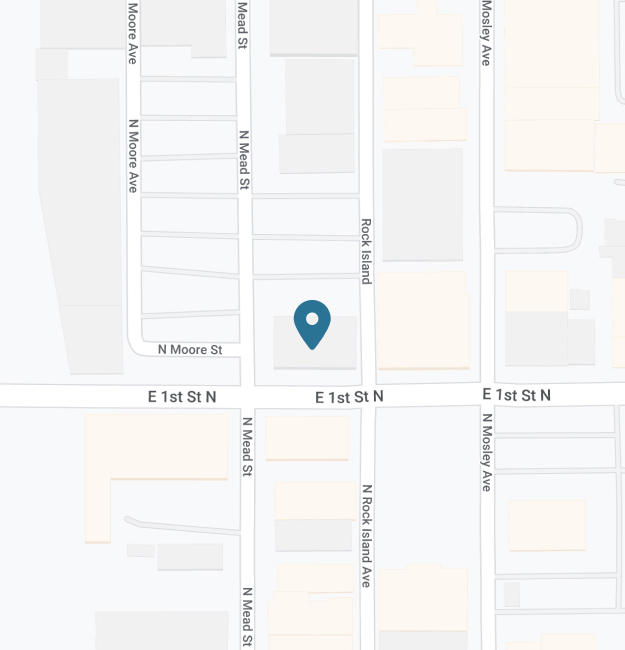- Free Consultation* (316) 265-0797 Tap Here to Call Us
What to Do After Creating Your Trust: A Post-Planning Checklist

Creating your estate planning documents is the first step toward protecting your legacy—but the process doesn’t end there. Once your Trust is in place, you need to ensure your assets are properly transferred to it. Otherwise, your loved ones may still face probate after your passing.
Here’s what you need to do next to complete your estate plan:
1. Real Estate
Ensure all your real estate is titled in the name of your Trust.
- If your attorney didn’t transfer your real estate to the Trust, this can be done through:
- A deed conveying the property to your Trust, or
- A Transfer on Death Deed naming the Trust as beneficiary.
- Important: If you purchase new property in the future, the same steps must be taken to include it in your estate plan.
Note: At Minter & Pollak, LC, we include deeds in all estate planning packages, but not all law firms do.
2. Bank Accounts
Make sure your bank accounts are either:
- Titled in the name of your Trust, or
- List the Trust as the Payable on Death (POD) beneficiary.
Tip: Next time you visit your bank, ask a representative to verify that all accounts have proper beneficiary designations.
3. Retirement Accounts (IRA, 401k, 403b, etc.)
Do NOT retitle these accounts to your Trust—doing so could trigger a taxable event.
Instead:
- Confirm the beneficiary designations are current.
- Designate either individual beneficiaries or your Trust.
- Consult your financial advisor to determine which option offers the best tax treatment.
4. Life Insurance Policies
Now is the perfect time to review your life insurance beneficiaries.
- Ensure the listed beneficiaries still reflect your wishes.
- You may name an individual or your Trust as the beneficiary.
5. Vehicles
You have two options for aligning vehicles with your estate plan:
- Designate a Transfer on Death (TOD) beneficiary with your local tag office, or
- Title the vehicle in the name of your Trust.
Reminder: If you change the title, notify your insurance company to avoid coverage issues.
6. Safe Deposit Boxes
Change the ownership of any safe deposit boxes to your Trust.
This ensures your Successor Trustee has immediate access, especially if you store valuable items like coins, precious metals, or important documents.
Avoiding Probate
If any assets remain outside of your Trust at the time of your death, a probate proceeding will likely be required to transfer them. Taking the above steps helps avoid this costly and time-consuming process.
Long-Term Considerations
✅ Review for Changed Circumstances
Life changes—and so should your estate plan. Ask yourself:
- Have your children grown up and become financially independent?
- Has your marital status or financial situation changed?
- Do you still need a Trust, or could a simpler plan suffice?
A qualified estate planning attorney can help tailor your plan to your current needs.
❌ If Someone Passes Away
If someone you’ve named as:
- Executor
- Trustee
- Successor Trustee
- Power of Attorney (Attorney-in-Fact)
passes away or becomes unavailable, update your documents immediately. Otherwise, your plan may not function as intended when it’s needed most.
We often see clients with outdated Powers of Attorney who must go through Guardianship or Conservatorship proceedings because no named agents were still living.
Tip: Review your documents every 3–5 years.
📁 Retaining Original Documents
Revocable Trust:
Keep all original versions of your Trust, even if you later amend it. After your death, third parties may require access to all previous versions to verify authority and intent.
Will:
Under Kansas law, the original Will must be filed with the Court after your death.
If it cannot be found, there is a legal presumption that you revoked it. Also:
- Do not make handwritten edits to your Will.
- Any changes must follow the same legal formalities as the original.
Storage Tip: Keep your documents in a secure location known to your Executor.
Need to Make Changes?
If you need to revise your estate planning documents, always work with a licensed attorney. DIY forms and online tools often fail to meet state law requirements and can be deemed invalid—putting your estate at risk.
For additional information regarding estate planning please see our blog.
Free Estate Planning Consultations
Minter & Pollak, LC offers free consultations, including reviews of existing estate plans. Whether you need to set up a Trust or revise your current documents, we’re here to help.
📞 Call our office today at 316-265-0797 or click here to schedule a free consultation.
Photo by Getty Images on Unsplash.






